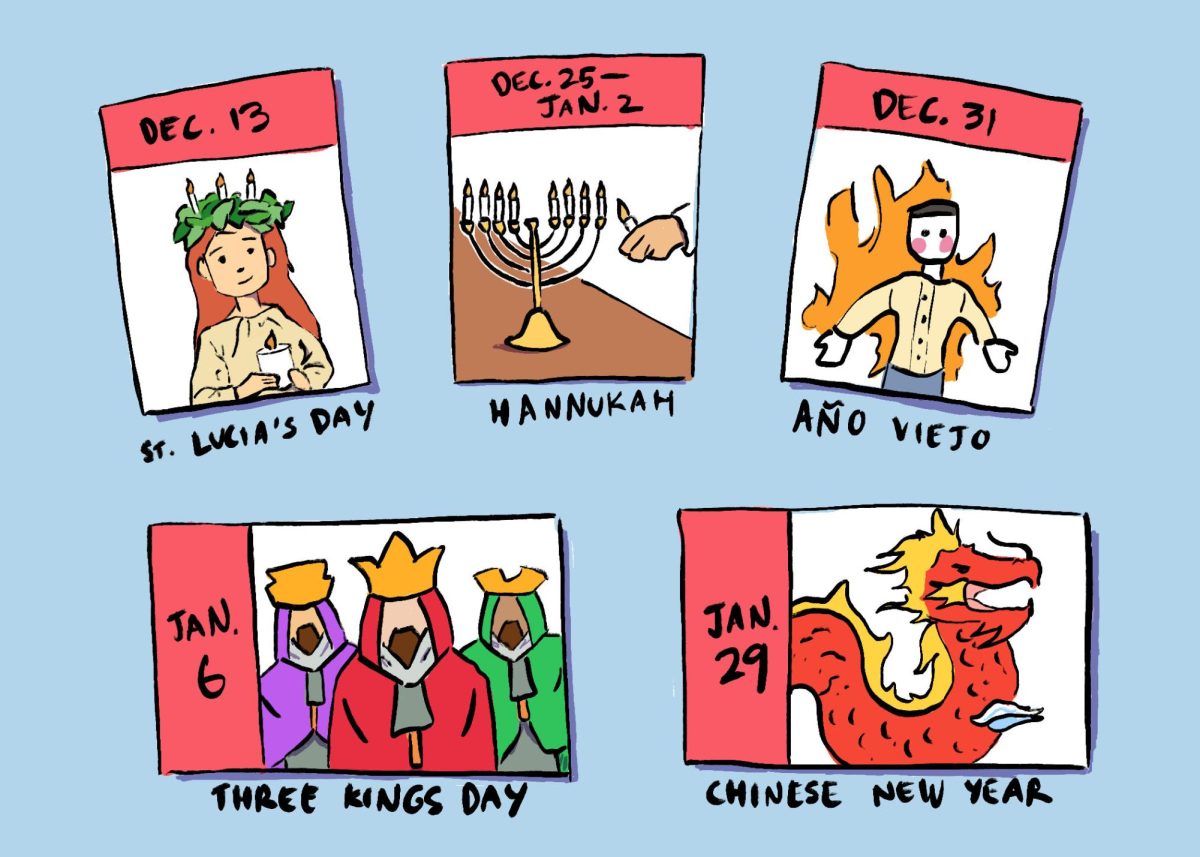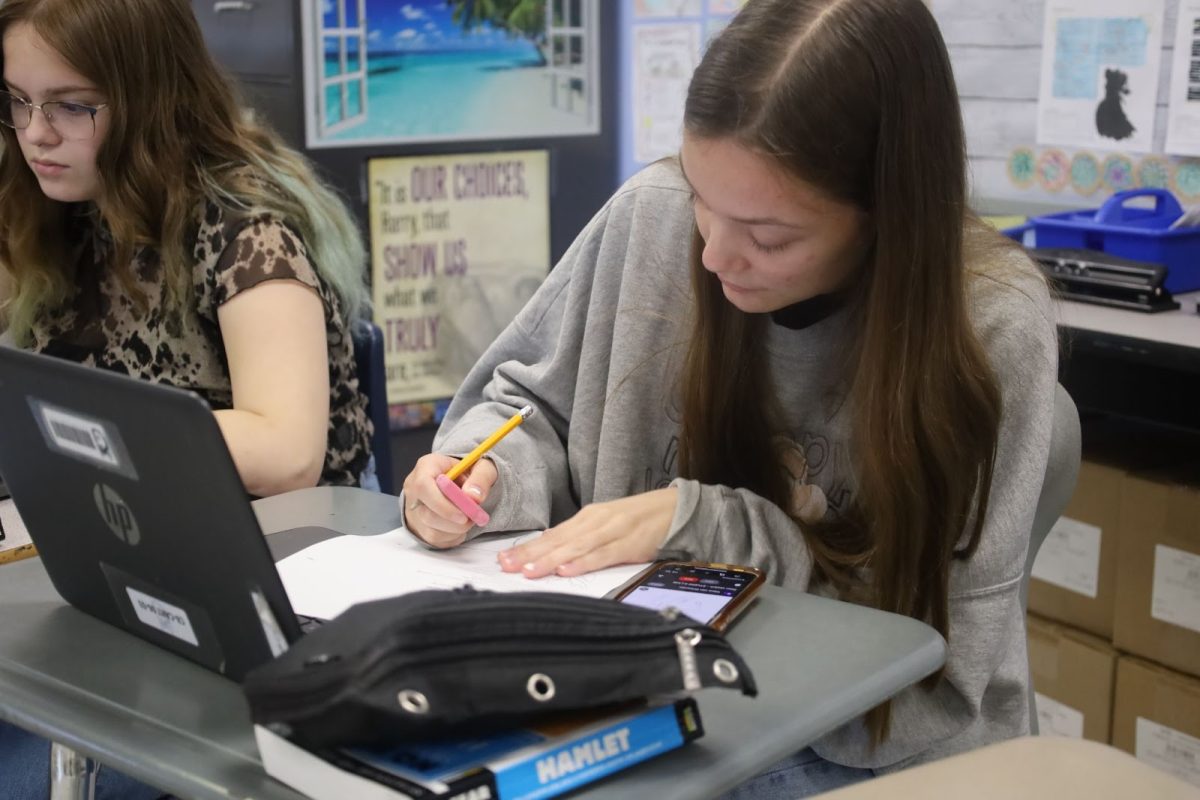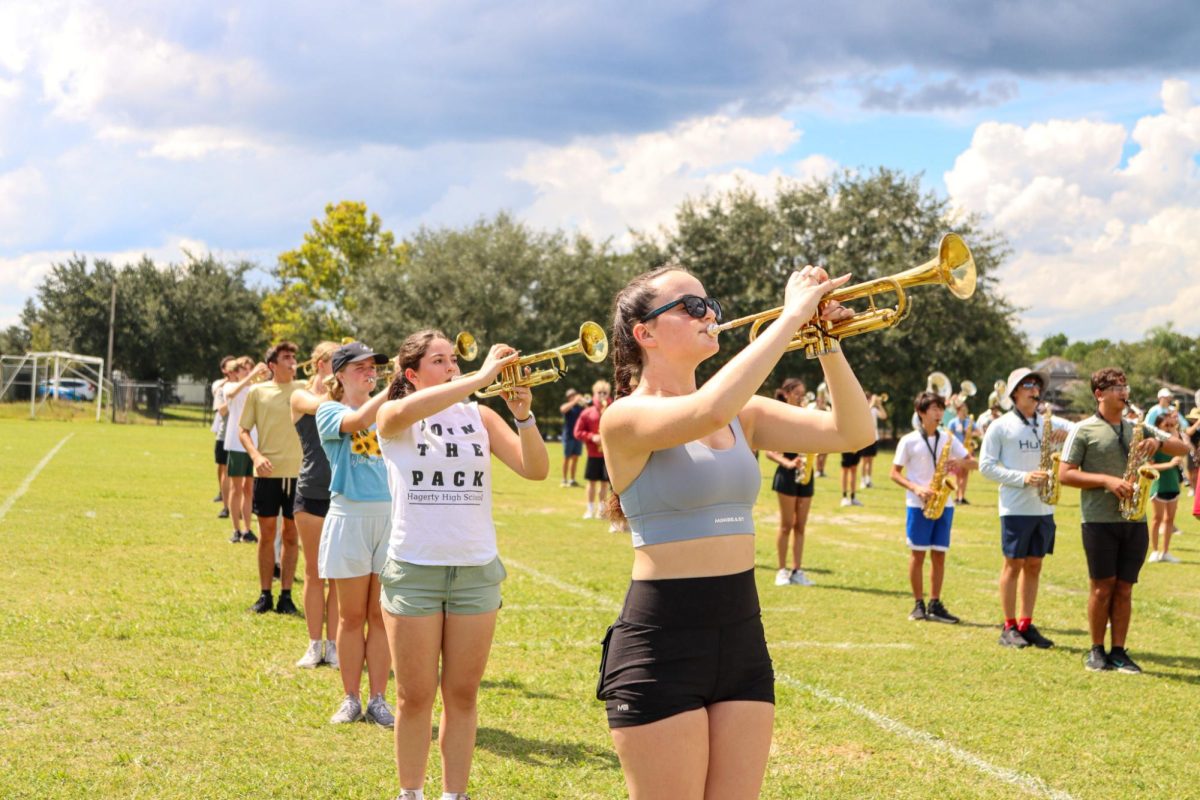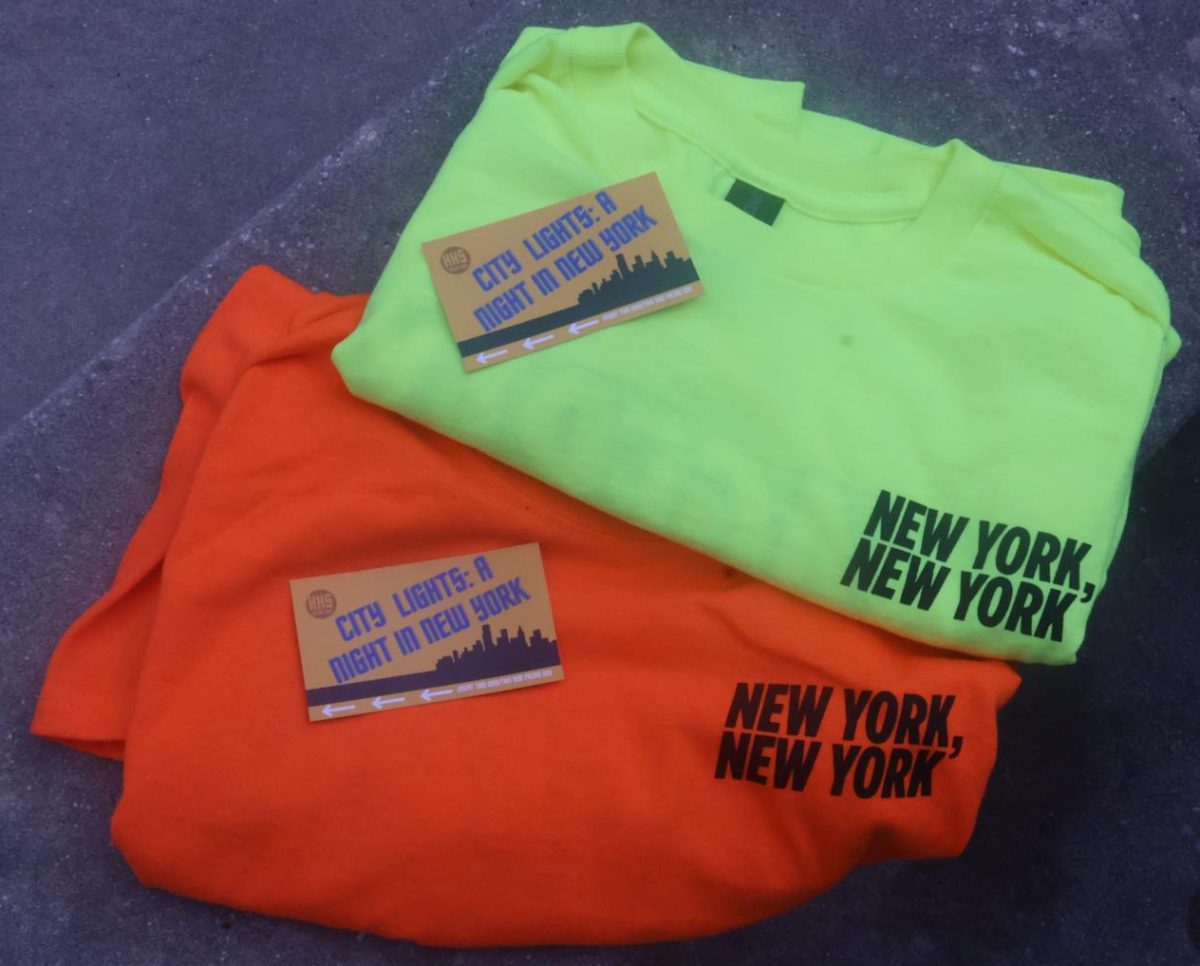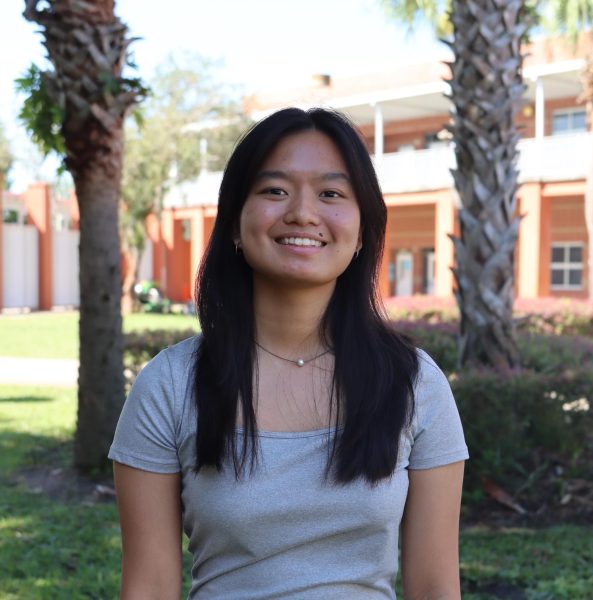Winter is tough. It’s cold, and everything is dark (in most places not called Florida). However, there is one thing that makes winter worth it: holidays.
Almost every culture has some sort of big celebration during winter. Winter’s symbolism as a time of hardship often serves as a basis for religious holidays to be celebrated, typically with some sort of ‘miracle’ occurring, that holidays aim to commemorate. Usually the celebrations that accompany miracles serve as a way for family and community to connect through this shared culture and event.
Hanukkah
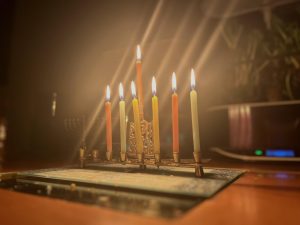
Photo Leyla Marmelstein
Hanukkah is celebrated to honor the Maccabean Revolt and the miracle of the menorah, where a small amount of oil lasted eight days, symbolizing light and faith during the cold month of Kislev.
In the present day, the holiday continues to have religious significance for many.
“You’re commemorating the past and the triumph. For me, it’s a reminder that God is always there even when times are dark,” sophomore Leyla Marmelstein said. “Even when there seems like there’s absolutely no hope, there’s this little miracle [of] God.”
To celebrate, families light a special menorah that holds eight candles to represent each day the oil lasted. The candles are lit right to left because that is the direction Hebrew is read.
“I remember a couple of times we would have two menorahs because then me and my sister would light our own menorahs,” Marmelstein said. “And then we would shut off the lights, and watching them you just think, ‘Wow.’ Especially when all eight candles are lit, it’s so cool.”
A big part of the Hanukkah is the dreidel game, where players spin a four-sided dreidel to see whether they get or lose chocolate, with the person winning the most chocolate at the end being victorious
“I always had this one dreidel, I called it the lucky dreidel because every time I spin it, I’d always get the entire pile of chocolate.” Marmelstein said. “Everyone always thought I was cheating somehow. When Hanukkah was over, I would hide the dreidel somewhere in my room, so the next year I could use it again, and now I always win.”
St. Lucia’s Day
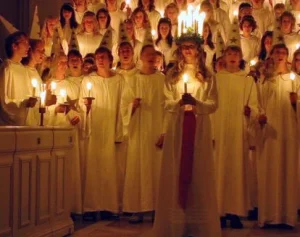
Photo Mariia Myshok
Junior Olivia Ahlqvist learned to celebrate St. Lucia’s Day from her parents, who are immigrants from Sweden. Often celebrated on Dec. 13, St. Lucia’s is a Nordic holiday that involves a young girl who is chosen to represent St. Lucia to symbolize light and hope. The person wears a crown of candles and robes, followed by a procession of young girls and boys in white robes carrying candles or star-shaped wands as the hymn, “Sankta Lucia,” is sung in the background.
Every year, IKEA hosts a traditional ceremony that Ahlqvist and her family attend. One year, Ahlqvist was chosen to be St. Lucia, and the memory stays with her.
“[I remember] Everyone was looking at me, and I wore this fancy wreath in my hair. It’s really important to me that we celebrate it, just to keep the Swedish part of us,” Ahlqvist said.
Three Kings Day
Other cultures carry on their traditions after moving to a foreign country as well. Spanish teacher Nitza Ariza also continues celebrating Three Kings Day with her kids, after growing up with it in Puerto Rico.
“I think [my kids] will continue the tradition with their kids because they really enjoy knowing that this is something that is celebrated when we go back home to Puerto Rico,” Ariza said.
Also known as the Epiphany of the Lord, Three Kings Day is celebrated on Jan. 6, celebrating the day the three wise men came to pay homage to baby Jesus. On the night of Jan. 5, some kids leave out dried grass under their bed since the wise men rode on camels. Despite also celebrating Christmas with a Santa Claus, the main gift giving happens on the morning of Three Kings Day. These traditions elicit fond memories from Ariza.
“I used to pretend [I was] a teacher…I really wanted a black board with chalk,” Ariza said. “I just remember waking up and seeing the big board with the chalk and everything. It was really exciting, and my parents were there looking at me. I didn’t know it was them, but they were there looking for my reaction. I just love [those memories].
Diwali
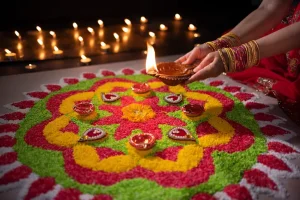
Photo Toa55/Shutterstock
Another tradition carried on is Diwali, a holiday popular in India and south Asian countries. Also called the Festival of Lights, Diwali involves lighting little candles around the house (diyas), prayer and a meal.
“My mom cooks, and I watch her cook, because I don’t know how to. My favorite part is probably eating the food and, and being with my family,” junior Kushi Persaud said. “We have a prayer room in the house, and we say a couple prayers, and then we eat and light the diyas around the house. It’s important [to me] because you can come together with your family and you get closer with God.”
Chinese New Year
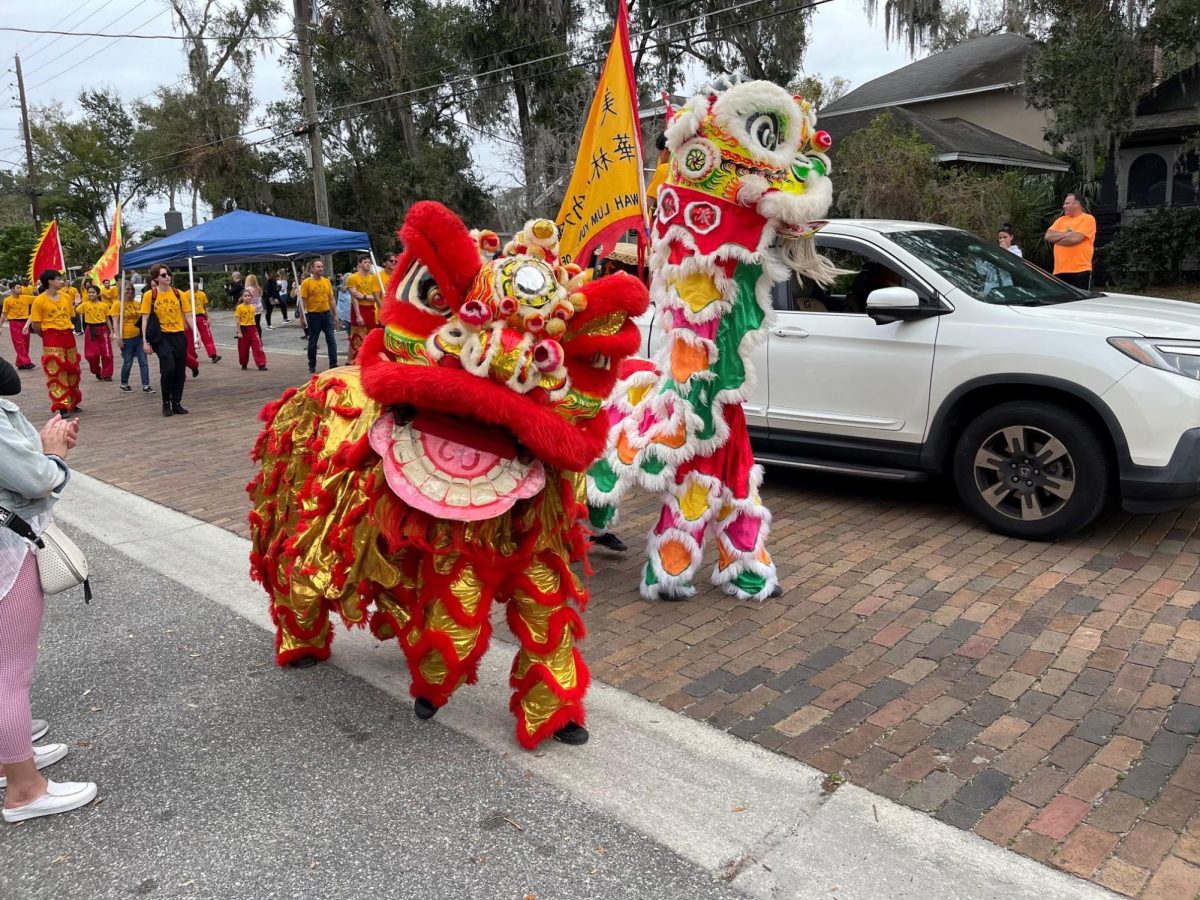
Photo by Jesse Rogers
In China, Chinese New Year is celebrated in January or February of each year. In the days leading up to the holiday, the whole house is cleaned as a symbolic way of getting rid of the old, and making room for what is to come. On the actual holiday it is common for people to light or watch fireworks. Historically, it is symbolized to scare off evil spirits. Mainly, however, the holiday centers around being with family, with meals being shared between relatives.
“One thing I like to eat is fish because I’m Cantonese, it represents prosperity and good luck,” senior Huixin Chen said. “In Chinese culture we like to share food to share familiar roots and culture so we go into the new year together. For me, it’s a lot about my family and just being around the people I love.”
Red in China is considered a lucky color, so many wear red to symbolize prosperity, and decorate their home with lanterns of that color. One of the most iconic traditions of Chinese new year involves older relatives giving children red envelopes full of money.
“My favorite part is the red envelopes,” Chen said. “When I was younger I would save all the money I got from my mom and my aunt and I would use it throughout the year. Now I’m looking forward to getting older, when I can give the envelopes to others.”
Traditionally, the holiday celebrations last for 16 days, with both students and teachers getting days off to celebrate, making Chinese New Year harder to celebrate in a foreign country, with the struggle to find time increasing with age.
“The schedule clashes with me and school and my mom with work, so it’s very difficult when we try to take some time off to spend together,” Chen said. “But despite being different here, it’s really the same because what matters is getting to spend time with your family.”
Chinese New Year has been celebrated for thousands of years, connecting people through their ancestors for generations, and continuing it can feel like a great honor.
“To keep our culture strong throughout all our generations [we must] keep it up with our children,” Chen said. “With my little cousins, I always talk to them in Chinese and talk to them about different traditions I did growing up to keep our roots and keep connected.”
Año Viejo
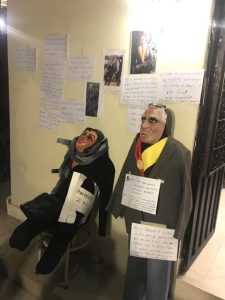
While holidays serve as something linking a family’s lineage, it can link everyone to a part of a culture as well. In Ecuador, they celebrate Año Viejo, a new years holiday that involves making dolls out of old clothes and items the celebrators no longer need, before setting the dolls on fire to bring in the new year and cleanse the past.
“It’s just part of our culture…like here, people throw parties and they take the countdown; our thing is burning dolls and tires,” junior Juliana Alvarez said. “It’s our own special way of saying goodbye to the old year and bringing in the new.”
The tradition of burning effigies to mark a new year can be traced back to ancient Rome. However, the holiday itself started as a cultural fusion between South American native cultures and the Spanish settlers and remains a cornerstone of the culture.
“It’s just an amazing bonding experience because it’s not just family and friends, but everyone in your community. It’s so amazing to see all these people happy and having fun,” Alvarez said. “You don’t even know half of these people, but you’re enjoying ending this new, like, this old year with them.”
Due to the nature of its traditions, Año Viejo is difficult to celebrate in America or other foreign countries. Often, the best celebrations tend to end with people burning old cars and whatever else they can find, which would not go over well in a foreign country. Still, Alvarez is able to enjoy what is most important about the holiday by connecting with her family. Each year, she calls her family and is able to celebrate the holiday vicariously through videos and photos her relatives send.
“Although I do enjoy New Year’s with my family here in America, it’s definitely sad, because, [I don’t get to see] my family in Ecuador often. I wish I was celebrating, and I wish I can take part in this,” Alvarez said. “One day, I know that I’m going to do it, whether I go next year or in a few years, I’m going to do it.”

